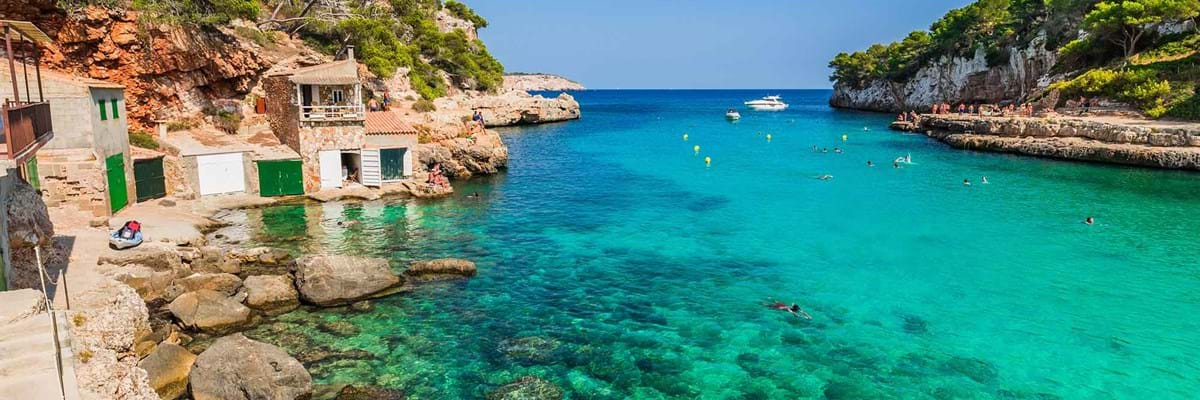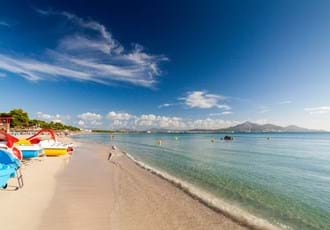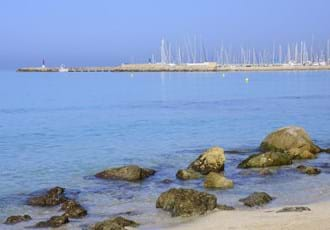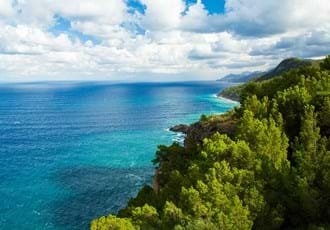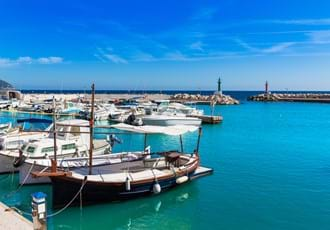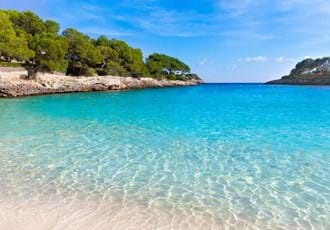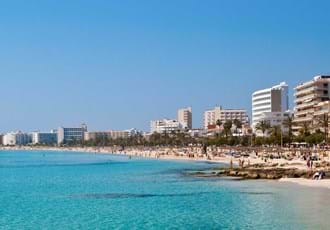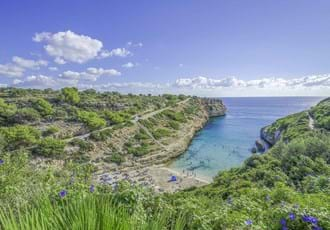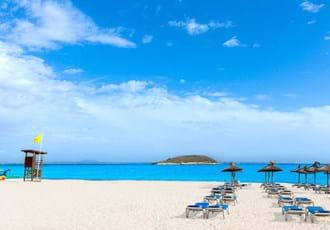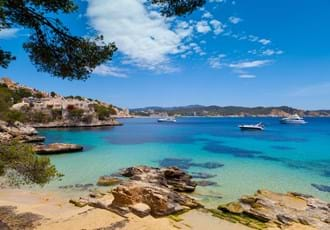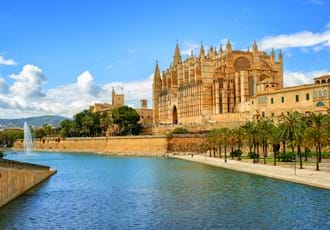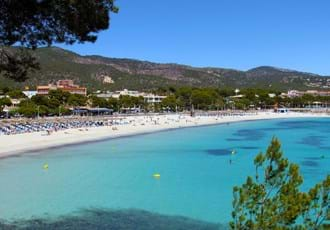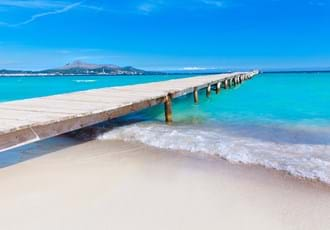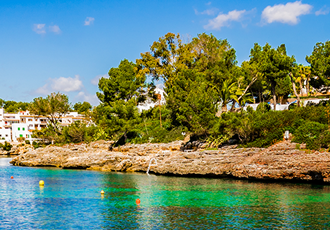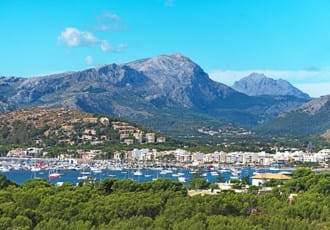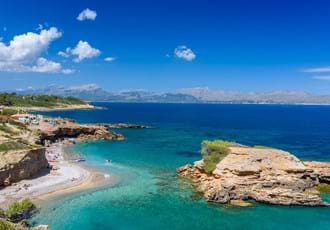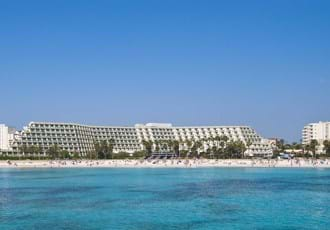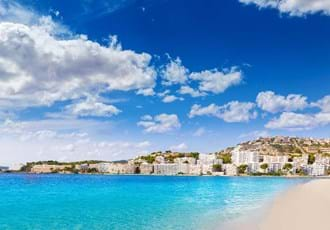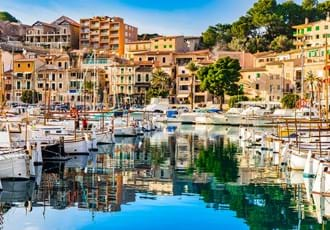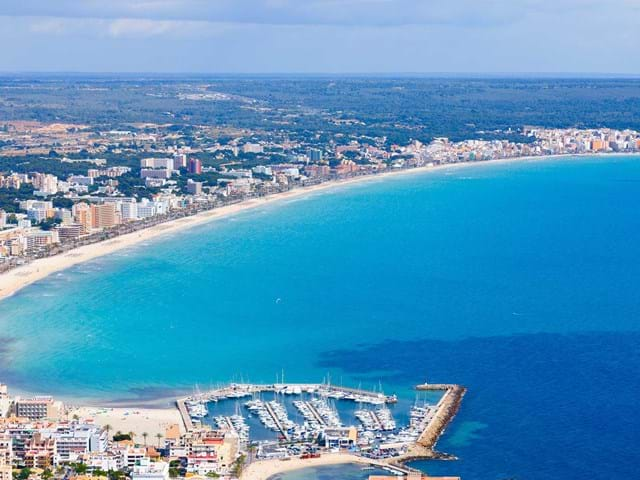Why is Majorca rated as one of the best holiday islands in the world? And why do so many people go back there, time after time, after time? Here are some of the reasons.
It’s a gorgeous package of things that people love to see and do when they’re on holiday – and for those who love the sun, the weather’s perfect too.
There’s an enormous mixture of beaches, including long stretches of beautiful white sand and sheltered coves. Some are busy and organised; others quiet and secluded. Some claim the island has more than 200 beaches.
With the warm Mediterranean lapping those beaches it’s no surprise that such a wide choice of water sports is available. There are also three water parks.
Such a range of towns, resorts and villages too. From Palma, the vibrant, historic and cultural capital, to the three coves of Calas De Mallorca, each with a Blue Flag beach. From the buzzing clubbing mecca of Magaluf, to the lovely beach and marina of historic Alcudia.
There’s great shopping, including modern malls and High Street-style stores, boutiques, craft shops and atmospheric, traditional markets.
And more. The peaks and verdant valleys of the Sera de Tramuntana mountains are the rugged backbone of the north-west coast, so stunning they have world heritage status. There’s a breathtaking train journey into the mountains.
Dine on a vine-decked terrace under the brilliant stars and enjoy mouth-watering cuisine from international and local menus with Majorcan wine.
For those who want something livelier there are clubs, discos and music bars in some resorts that keep going through the night. Majorca likes to party.
What else? Well, it’s great for cycling and golf and, as the home of Rafael Nadal, for tennis. On an island that has been occupied by Phoenicians, Romans and the Moors there is masses of history with ancient castles, monasteries and churches to visit.
For some, the highlight is the towering Gothic cathedral in Palma. And there are dramatic caves that just might have been the inspiration for Jules Verne’s Journey to the Centre of the Earth.
Majorca is certainly a place that has inspired magical journeys for millions.



